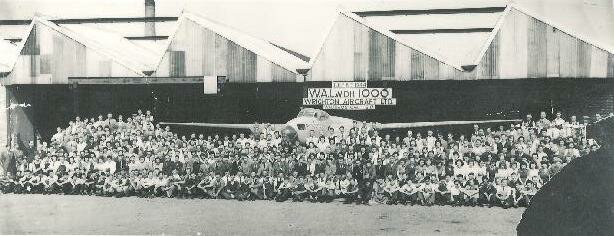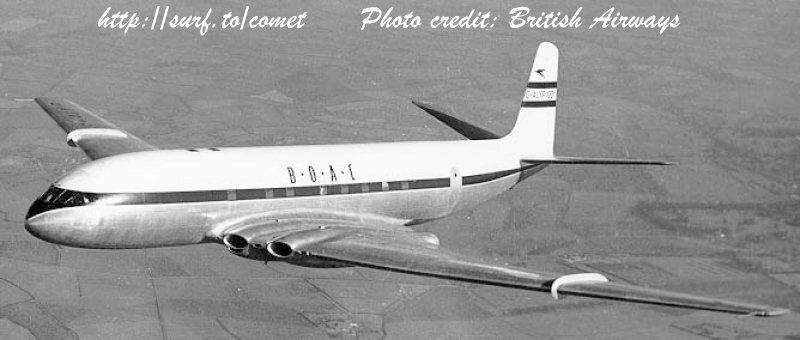

 |
De Havilland Gypsy Moth flown by Amy Johnson (left) on her famous flight fro Croydon to Austrailia in 1930. |

It is one of the paradoxes of aircraft development that some of the world's greatest aeroplanes have achieved their fame doing jobs other than the one for which they were originally designed. No better example of this could be found than the Mosquito, which, conceived as a bomber, became one of the war's most potent fighters. More than this, indeed, it was probably the most successfully versatile of any twin-engined type built between 1939 and 1945. It excelled in all the widely varied roles. Its duties included the duties of low-level and high-attack day and night bomber, long-range photo-reconnaissance, mine layer, pathfinder, high-speed military transport, long-range day and night fighter, and fighter-bomber. It served in Europe, the Middle and Far east and on the Russian front. In fact the ubiquitous Mosquito reigned supreme among General Purpose types; and of the grand total of 7,781 Mosquitos built, 6,710 were delivered during the war years.

Many Mosquitoes were built at the Wrightons Furniture factory in Walthamstow.

At the height of World War 2, in late 1941, the UK took the farsighted step of appointing a special group of experts to study what commercial transport aircraft should be planned for use after final victory. In May 1943 the second Brabazon Committee, named after the famous aviator, had its first meeting, and towards the end of that year issued a series of recommendations, one of which, called Type IV, was for jet-propelled transport. It is paradoxical that whereas, in the USA, several large jet bombers were being planned without the slightest thought of a jet airliner, in the wartime UK the reverse was true.
A major factor was that in the pre-war era the United States had come to dominate the world airline market, and it was rightly felt that the only way to compete after the war would be to take bold technological leaps.
The various Brabazon recommendations quickly became associated with particular companies, and Type IV went to de Havilland. This enterprise had both an aircraft company, with a design team led by R.E. Bishop and R.M. Clarkson, and an engine company, whose top engineers were F.B. Halford and J.S. Moult. In early 1944 both de Havilland teams studied the Type IV, and after many possibilities had been examined, they were given authority to go ahead with D.H.106 in February 1945. After many various prototype designs were constructed, and trials of engines took place, in 1949 the first Comet rolled at Hatfield, and was tested by John Cunningham two days later.
Though the Comet was less radical than it might have been, it nevertheless broke new ground in almost every part of its aerodynamics, structure, propulsion and systems. In 1951 the first production aircraft flew, and an unrestricted passenger-carrying certificate of airworthiness was awarded in early 1952. The Comet went into service with BOAC later that year. However, after a number of fatal accidents the Comet was grounded. There followed the biggest technical investigation up to that time. The problem was found to be a fatigue crack in the fuselage. Nevertheless, despite BOAC ordering a number of new advanced Comets, the credibility and safety of the plane had by then been severely damaged. Despite Dan-Air showing the world what the Comet could finally achieve even through the 1973 fuel crisis when the price of kerosene trebled, the Comet’s end was in sight. That happened in 1980 closing another chapter in the history of aviation.
![]()